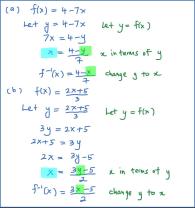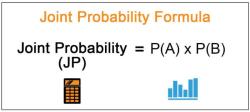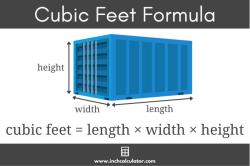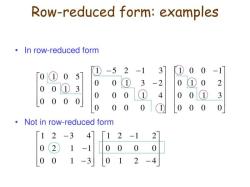What is the difference quotient in calculus?
The difference quotient is a mathematical expression used in calculus to define the derivative of a function. Specifically, it is a way of expressing the average rate of change of a function over a small interval. The difference quotient is a key concept in understanding the definition of the derivative.
Given a function , the difference quotient is expressed as:
Here:
- is the function you are working with.
- is a small change in the value of . It represents the interval over which you are measuring the average rate of change.
The difference quotient essentially calculates the average rate of change of the function over a tiny interval . As approaches zero, the average rate of change approaches the instantaneous rate of change, which is the definition of the derivative.
In the limit as approaches zero, the difference quotient becomes the definition of the derivative:
This is the fundamental idea behind finding derivatives in calculus. The difference quotient helps to capture the concept of instantaneous rate of change and is foundational to understanding the principles of calculus.
What is the conceptual understanding and application of the difference quotient within calculus?
Sure, here is a conceptual understanding and application of the difference quotient within calculus:
Conceptual Understanding:
The difference quotient is a fundamental concept in calculus that provides a way to approximate the instantaneous rate of change of a function. It is defined as the average rate of change of the function over a small interval. The formula for the difference quotient is:
[f(x + h) - f(x)] / h
where:
- f(x) is the function being evaluated
- x is the point in the domain of the function
- h is a small positive or negative number
The difference quotient can be interpreted as the slope of the secant line that passes through the points (x, f(x)) and (x + h, f(x + h)). As h gets closer to zero, the secant line becomes a better approximation of the tangent line to the curve at the point (x, f(x)).
Application in Calculus:
The difference quotient is used in several important applications in calculus, including:
Defining the derivative: The derivative of a function at a point is defined as the limit of the difference quotient as h approaches zero. In other words, the derivative is the instantaneous rate of change of the function at that point.
Numerical differentiation: The difference quotient can be used to approximate the derivative of a function numerically. This is useful when the function is difficult to differentiate analytically.
Estimating error: The difference quotient can be used to estimate the error in an approximation of the derivative. This is useful when using numerical differentiation techniques.
Example:
Consider the function f(x) = x^2. The difference quotient for this function is:
[(x + h)^2 - x^2] / h
Expanding the square in the numerator, we get:
(x^2 + 2x h + h^2 - x^2) / h
Simplifying, we get:
(2x h + h^2) / h
As h approaches zero, the difference quotient approaches the instantaneous rate of change of the function at x, which is 2x.
Conclusion:
The difference quotient is a powerful tool that can be used to understand and apply the concept of instantaneous rate of change in calculus. It is a fundamental concept that underlies many important applications in mathematics and science.













